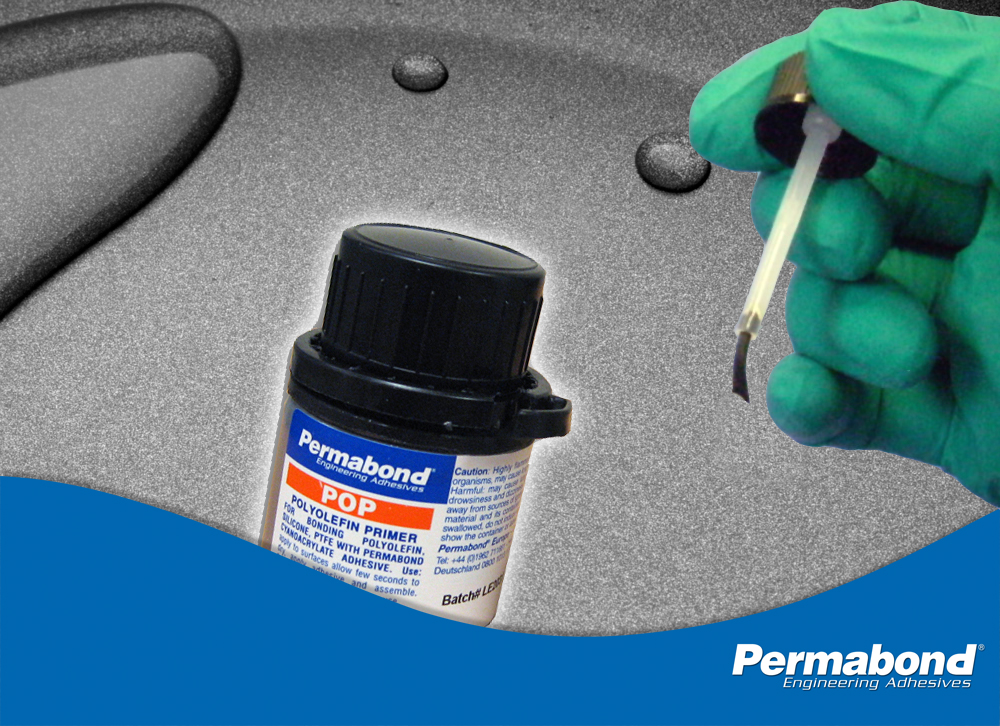
The most common trade name of PTFE is Teflon. For the techies amongst us, Polytetrafluoroethylene. It is a notoriously difficult material to bond as it is “Non-Stick” by nature. The most common application would be that of non-stick frying pan coating. Previously, when someone would call the helpline asking for a PTFE adhesive, the technical advisor’s shoulders will slump in despair. Things are improving nowadays. Thanks to recent adhesive developments – primers are now available, and even structural acrylic adhesives which can be used straight on this beastly surface!
Because of its high temperature resistance and excellent resistance against harsh chemicals, PTFE is often used for extremely challenging applications. So not only do we have a non-stick surface by nature, but often adhesive bonds are also required to resist extreme temperatures and/or chemical exposure. PTFE is often found in electrical components, high lubricity mechanical parts, non-stick cook wear, and chemical handling equipment & tank liners. It also crops up in blended forms to add high temperature and chemical resistance to other types of plastic (and interferes with their bondability, too, unfortunately!).
Before the introduction of special primers such as Permabond POP or structural acrylics such as Permabond TA4610, it was necessary to pre-treat the PTFE with fluorocarbon etchants to allow adhesive bonding. These materials are becoming more difficult to get hold of due to shipping hazards, and many workplaces are trying to lower worker exposure. Using an etchant allows great freedom of choice of industrial adhesive after treatment. Plasma, corona, flame, or surface roughening by abrasion don’t provide significant improvements in bond strength to PTFE unfortunately.
Permabond POP Primer and cyanoacrylate adhesive combination work well on PTFE. Brush the POP Primer onto the untreated PTFE surface before bonding with any of the Permabond cyanoacrylates. Permabond 105 is particularly good. If you require high temperature resistance, then Permabond does offer cyanoacrylate, which will go up to 250°C (482°F). If you are bonding dissimilar surfaces, opt for Permabond 737, which will allow some flexibility to cope with differential expansion and contraction. Cyanoacrylate adhesives fill small gaps, up to 0.5mm. They are unsuitable for spreading over large areas.
Permabond also offers TA4610 (and a range of similar products with varying cure speeds). This is a two-component 1:1 mix ratio structural acrylic. Apply Permabond TA4610 directly to the PTFE and achieve good bond strength on this non-stick nasty! You no longer need a primer or surface treatment!
For further assistance, please contact Permabond.